Research on the Spatial Layout of Park Green Space under the Behavioral Patterns of the Elderly—Taking Shijingshan District in Beijing as an Example
DOI: 10.23977/lsuh.2025.070102 | Downloads: 14 | Views: 884
Author(s)
Jiayu Wang 1, Lingyun Ji 1
Affiliation(s)
1 School of Architecture and Art, North China University of Technology, Beijing, 100144, China
Corresponding Author
Jiayu WangABSTRACT
At this stage, the mismatch problem of urban park green space among the elderly population in my country is becoming increasingly serious, and it is urgent to explore the high-quality demand of the elderly population for park green space. Therefore, this article takes the park green space in Shijingshan District, Beijing as the research object, constructs a supply and demand evaluation index system for park green space from the perspective of the elderly, uses the CRITIC objective weighting method to weight the evaluation indicators, determines the weight of each indicator in the supply and demand subsystems, introduces the coupling coordination degree model to construct a supply and demand evaluation model for park green space spatial layout, evaluates the rationality of the spatial layout of park green space in Shijingshan District, and puts forward corresponding countermeasures and suggestions.
KEYWORDS
Park green space, age-friendly, accessibility, supply and demand matching, coupling coordinationCITE THIS PAPER
Jiayu Wang, Lingyun Ji, Research on the Spatial Layout of Park Green Space under the Behavioral Patterns of the Elderly—Taking Shijingshan District in Beijing as an Example. Landscape and Urban Horticulture (2025) Vol. 7: 14-23. DOI: http://dx.doi.org/10.23977/lsuh.2025.070102.
REFERENCES
[1] Zhou Conghui. Research on the connotation of "fairness" and the evolution of measurement standards in park green space planning [J]. Chinese Garden, 2020, 36(12):52-56.
[2] Yu Kongjian, Duan Tiewu, Li Dihua, et al. Evaluation methods and cases of landscape accessibility as a functional indicator for measuring urban green space systems [J]. Urban Planning, 1999, 23 (8): 8-11.
[3] William Lucy. Equity and planning for local services[J]. Journal of the American Planning Association, 2007, 47(4):447-457.
[4] Bruce E., Wicks, John L., et al.Citizen and administrator perspectives of equity in the deliv ery of park services[J]. Leisure Sciences, 1986, 8(4): 341-365.
[5] Ma Linbing, Cao Xiaoshu. GIS-based evaluation method of urban public green space landscape accessibility [J]. Journal of Sun Yat-sen University (Natural Science Edition), 2006, (06): 111-115.
[6] Tang Zilai, Gu Shu. Social performance evaluation of public green space distribution in central Shanghai: from regional equity to social equity [J]. Urban Planning Journal, 2015, (02): 48-56.
[7] Xing Zhong, Zhu Jiayi. Green space equity performance evaluation based on coupled coordinated development theory [J]. Urban Planning, 2017, (11): 89-96.
[8] Wang Chunxiao, Huang Shuyu, Deng Mengting, et al. Research on equity of high-density urban park green space from the perspective of supply and demand coupling coordination—taking Longhua District, Shenzhen as an example [J]. Chinese Garden, 2023, 39(01): 79-84.
[9] Shi Zhen, Xing Luhua, Zheng Linlin, et al. Evaluation and optimization strategy of supply and demand synergy of urban park and green space recreation [J]. Journal of Nanjing Forestry University (Natural Science Edition), 2021, 45(02): 197-204.
[10] Guo M, Liu B, Tian Y, et al. Equity to Urban Parks for Elderly Residents: Pers pectives of Balance between Supply and Demand [J]. International Journal of Environmental Research and Public Health, 2020, 17(22): 8506.
| Downloads: | 1609 |
|---|---|
| Visits: | 99384 |
Sponsors, Associates, and Links
-
Journal of Sustainable Development and Green Buildings
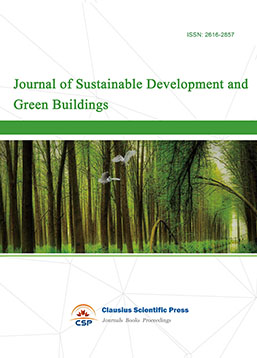
-
Bridge and Structural Engineering
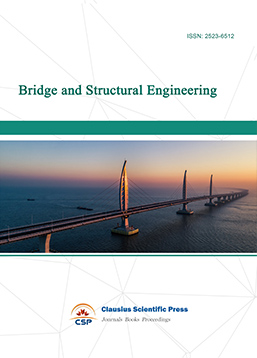
-
Soil Mechanics and Geotechnical Engineering
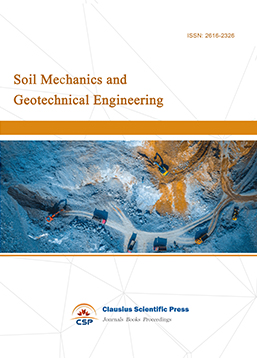
-
Journal of Civil Engineering and Urban Planning
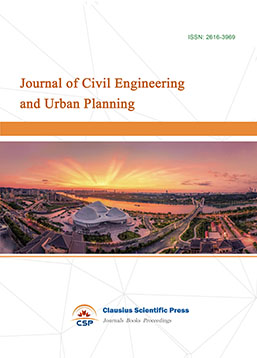
-
Journal of Municipal Engineering
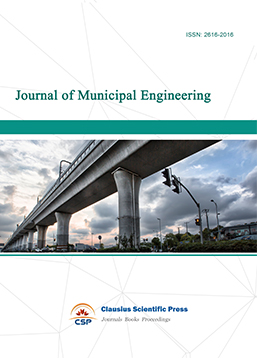
-
Heating, Ventilation and Air Conditioning

-
Indoor Air Quality and Climate
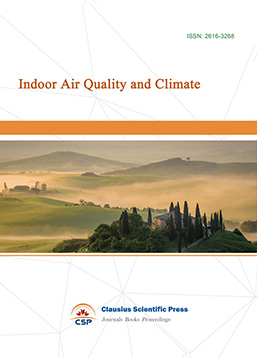
-
Computer Aided Architecture Design
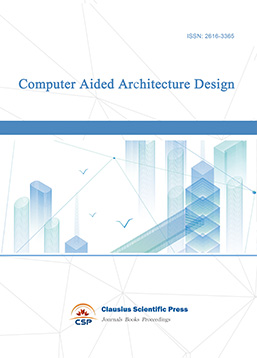

 Download as PDF
Download as PDF